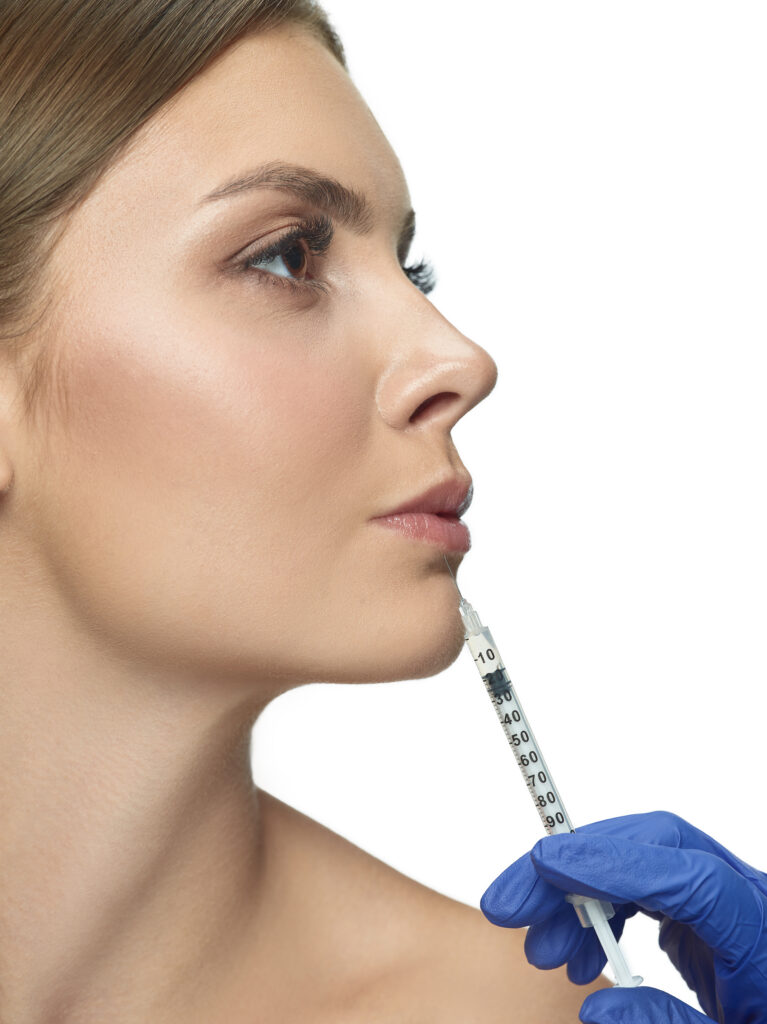Dermal Fillers in India
"Dermal Fillers in India: Unveil Radiant Skin with Our Expert Dermal Filler Solutions by Monaris skin and Hair Clinic New Delhi & Indore
Welcome to Monaris Clinic - Your Destination for Dermal Fillers
At Monaris Clinic, we prioritize your desire to look and feel your best. Our commitment to excellence drives us to provide superior dermal fillers in Delhi tailored to your unique aesthetic needs. With a team of highly qualified professionals, we ensure your safety and satisfaction throughout the entire process. Our personalized approach focuses on enhancing your natural beauty, and delivering results that align with your goals. Whether you seek to restore volume, smooth fine lines, or redefine contours, our top-notch treatments are designed to rejuvenate and revitalize, empowering you to radiate confidence and allure with every step.
Now choose various fillers as per your need and pocket. From Juvederm to restylane and other advanced fillers are available at Monaris skin clinic.
There is no better way to get instant volume, augmentation, and defined contours than getting dermal fillers from our dermatologist.
What Are Dermal Fillers?
Dermal fillers offer a versatile solution for addressing various aesthetic concerns without the need for surgery. Composed of hyaluronic acid, a substance naturally found in the skin, these injectable gels effectively restore volume, soften wrinkles, and enhance facial contours. With quick, virtually painless procedures and immediate results, downtime is minimal, making dermal fillers a convenient choice for rejuvenating your appearance.
Why Choose Monaris Clinic for Dermal Fillers?
- Expertise: Our team of skilled practitioners has extensive experience in administering dermal fillers. They stay up-to-date with the latest techniques to ensure you receive the best possible care.
- Personalized Approach: We understand that each individual is unique. We tailor our treatments to your specific needs and desired outcomes, ensuring a natural and harmonious look.
- Safety First: Your safety is our priority. We use only FDA-approved dermal fillers and follow strict hygiene and sterilization protocols to guarantee a safe and comfortable experience
- Natural Results: Our goal is to enhance your natural beauty, not alter it. You can expect subtle, rejuvenating results that make you look refreshed and revitalized.
What Can Dermal Fillers Treat?
Dermal fillers can be used to address various concerns, including:
-
- Smoothing lines and wrinkles
-
- Restoring lost volume in cheeks and lips
-
- Defining jawline and chin
-
- Softening under-eye hollows
-
- Correcting asymmetry
-
- Enhancing lip shape and fullness
The Treatment Process
-
- Consultation: Your journey begins with a thorough consultation. We discuss your goals, assess your skin, and create a customized treatment plan.
-
- Treatment: During the procedure, a trained professional will carefully inject the dermal filler into the targeted areas. You may experience minimal discomfort, but our team ensures your comfort throughout the process.
-
- Results: You’ll see immediate improvements, and final results will continue to develop over the following days as any initial swelling subsides.
-
- Follow-up: We schedule follow-up appointments to monitor your progress and address any questions or concerns.
Book Your Appointment Today!
Are you ready to enhance your natural beauty with dermal fillers at Monaris Clinic? We invite you to schedule a consultation with our expert team to discuss your unique needs and embark on your journey to a more youthful, radiant you.
Don’t wait – discover the transformative power of dermal fillers at Monaris Clinic and reveal your best self.

Book Your Appointment Today
Taking the first step towards healthier skin is easy. Schedule an appointment with our dermatologist in Delhi or Indore clinic by filling out our convenient online booking form or giving us a call at +919818642643. We offer flexible appointment slots to accommodate your busy schedule.
New Patients Welcome
Whether you’re dealing with a specific skin issue or seeking routine skin care, we welcome new patients of all ages. Your skin deserves the best care, and that’s precisely what we provide at Monaris skin and Hair Clinic
EMI facility Available
We offer a wide range of EMI plans to make quality dermatological and Hair care accessible to as many patients as possible. Please contact our clinic for emi related inquiries.
Discover Our Top-Quality Dermal Fillers

Juvederm
Juvederm is a top-quality dermal filler that we offer.
Restylane
Restylane is a top-quality dermal filler that we offer.
Radiesse
Radiesse is a top-quality dermal filler that we offer.
Sculptra
Sculptra is a top-quality dermal filler that we offer.
Belotero
Belotero is a top-quality dermal filler that we offer.
Other Options
We offer other top-quality dermal fillers to meet your unique needs.
